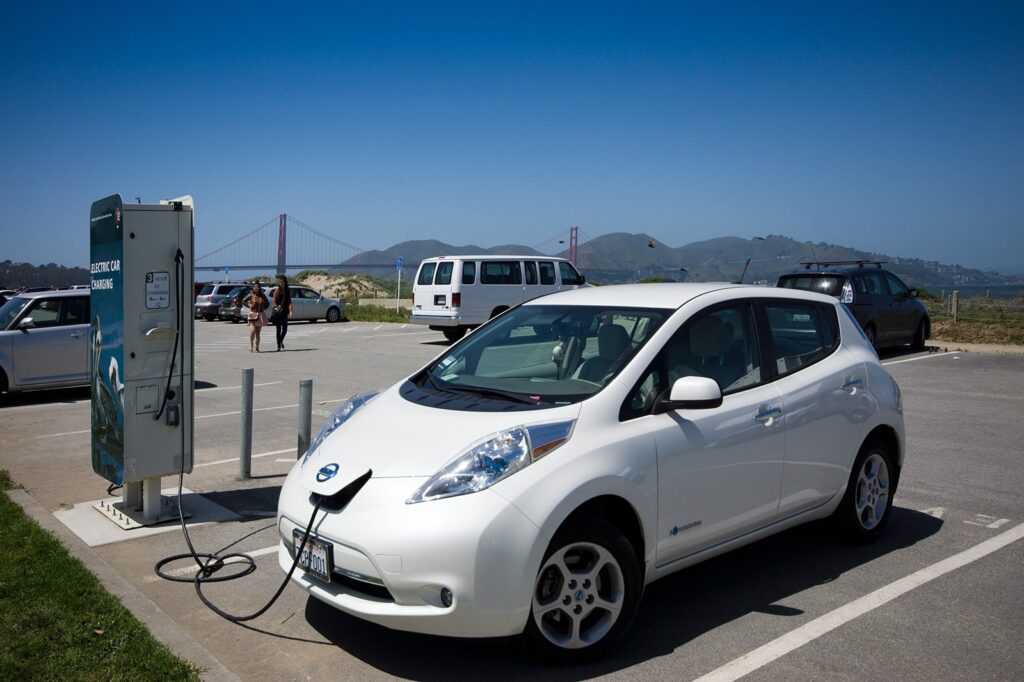
For many consumers, the allure of an electric vehicle (EV) is undeniable. Beyond the environmental benefits and the promise of a quieter, smoother ride, a significant draw has been the perception of substantial cost savings over the long run compared to traditional internal combustion engine (ICE) vehicles. Early narratives often championed EVs as the clear path to a lighter wallet.
However, as the EV market matures and more drivers make the switch, a clearer, more nuanced picture of electric vehicle ownership costs is emerging. While it is widely accepted that electric cars can save you money in certain ways over the equivalent gas-powered cars, there are also a number of significant costs that many consumers might not think of or might not even be aware of, making owning an electric car potentially more expensive than initially perceived. Our aim is to break down every single one of those costs, providing the data and insights necessary for you to determine the ultimate financial calculus for your personal circumstances.
This in-depth guide is designed to review the costs of going electric at a high level, drawing on rigorous research and factual data to offer an objective, unbiased evaluation. We will dissect the primary financial considerations associated with EV ownership, moving beyond the dealership sticker price to uncover the true economic implications of embracing electric mobility.

1. **Purchase Costs: Electric vs. Gas**Historically, the EV market has struggled with a lack of truly affordable options, and the average electric car has consistently cost significantly more than its average gas-powered counterpart. According to Kelley Blue Book, the average transaction price for a new EV was $56,351 in September, a considerable 16% higher than the industry-wide average price of $48,397 for all vehicles. This upfront disparity can be a significant hurdle for many prospective buyers.
However, it’s crucial to factor in available incentives. The federal EV tax credit, for instance, can reduce that upfront cost by up to $7,500 for qualified vehicles and buyers. This credit can significantly close the price gap, potentially bringing the difference to just under $500, though eligibility depends heavily on the specific vehicle and buyer qualifications due to stringent new rules. Furthermore, the so-called “leasing loophole” allows all leased vehicles to qualify for the $7,500 credit, with most leasing companies passing these savings on to the customer in the form of reduced monthly payments, explaining the attractive EV lease deals currently available.
Beyond new vehicle purchases, the used EV market presents another avenue for cost savings. The average 1-to-5-year-old EV is now cheaper than a similarly aged gas vehicle, priced at around $28,000. If you can find one listed for $25,000 or less and meet income requirements, you can secure a federal incentive worth 30% of the purchase price, up to a maximum of $4,000. These credits for both new and used EVs can now be accessed at the time of purchase, eliminating the wait until tax season for a refund. While the initial investment for an EV might still be higher on average, these incentives can dramatically alter the total transaction price, making the decision less about just the sticker shock.
Read more about: Mastering Your Retirement Budget: Real-World Insights from a 65-Year-Old Retiree’s Monthly Spending Plan
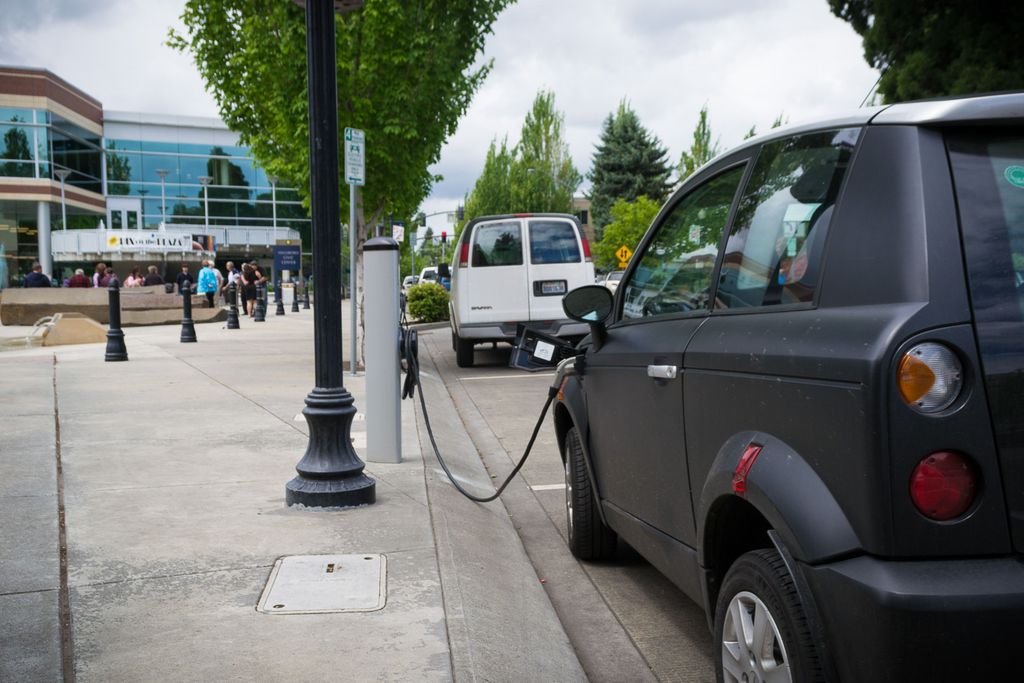
2. **Charging Infrastructure**While an EV can technically charge anywhere with a parking spot and a power outlet, the convenience and cost-effectiveness of home charging are paramount for most owners. Relying solely on a Level 1 charging system—using a standard household 120-volt outlet—is prohibitively slow and inefficient for electric cars with their larger battery capacities, often requiring up to 36 hours for an 80% charge. This makes investing in a Level 2 home charger a near necessity for most EV owners to avoid the inconvenience of waiting indefinitely for their vehicle to charge.
Owning a Level 2 charger, however, carries its own set of costs. The unit itself can range from about $200 for a portable charger to $1,000 for a permanent installation. Beyond the unit, professional installation is recommended for permanent systems in your garage, with costs varying widely from $400 to $3,400. This broad price spread is primarily due to the need for a 240V power source, similar to what a clothes dryer uses, which may require an electrician to run a new line to the appropriate location for the charger. This can easily add anywhere between $2,000 and $5,000, depending on your home’s existing electrical system, a hidden cost that many might not anticipate when planning for an EV.
Fortunately, federal and state incentives can help offset these upfront setup costs for charging infrastructure. The Inflation Reduction Act’s 30C EV Charger Tax Credit offers up to 30% of the cost, capped at $1,000, for installations in non-urban or low-income communities. Additionally, many states offer their own incentives, and some automakers are now including deals, such as Ford’s offer of free home chargers and installation with certain Mustang Mach-E and F-150 Lightning models. Before making a purchase, it’s highly advisable to have a professional evaluate your electrical system to determine the feasibility and associated costs of installing a 240V source where needed, ensuring no unwelcome budget surprises.
Read more about: Tesla’s Rise and Its Growing Pains: Technical Flaws and Behavioral Critiques
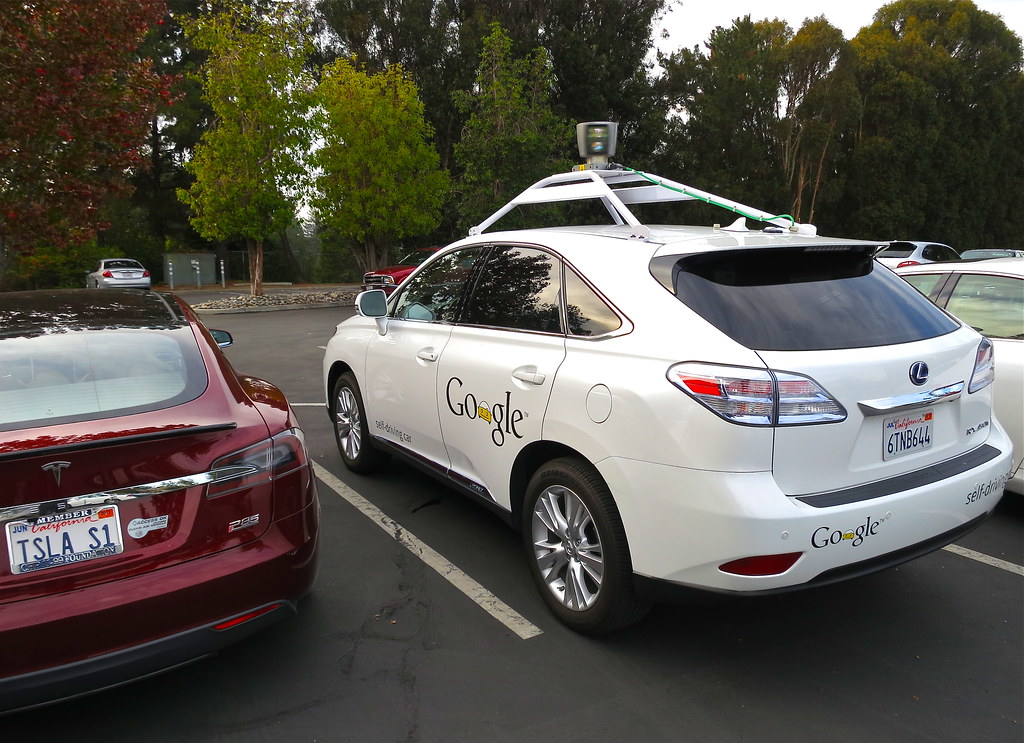
3. **Electricity Costs**Just as gasoline prices fluctuate, so too do electricity rates, directly impacting the cost of fueling an EV. According to a March 2023 article in Forbes, electricity costs surged across the United States, with some areas experiencing price jumps as much as 57% from January 2021 to January 2023. This trend is predicted to continue, underscoring the importance of understanding how electricity rates affect your monthly EV ownership budget. Strategies such as charging during off-peak hours—often in the early morning—can help mitigate these rising costs.
Calculating your monthly EV charging cost requires a straightforward bit of math. Begin by locating your latest electric bill to determine your average cost per kilowatt-hour (kWh) by dividing the total kWh used into the bottom-line total of the bill. For context, the average cost for U.S. households is currently 16 cents per kWh. Next, ascertain your average monthly mileage; the national average in 2021 was 1,124 miles. Most experts agree that an electric car achieves 3 to 4 miles of range from one kWh; using a conservative estimate of 3 miles per kWh is advisable for budgeting purposes.
To derive your approximate monthly cost, divide your monthly mileage by 3 to determine the required kWh, then multiply that number by your price per kWh. For example, 1,124 miles divided by 3 miles per kWh equals 375 kWh, which, multiplied by 16 cents per kWh, results in an approximate monthly cost of $60 for charging your electric car. Comparative government estimates reveal significant annual savings on ‘fueling’ for EVs: the Hyundai Kona Electric’s annual charging cost is estimated at $600 compared to $1,700 for the gas Kona, while the Volvo XC40 Recharge costs $850 annually to charge versus $2,450 to fuel the ICE XC40. While public DC fast chargers offer rapid replenishment, they are notably more expensive than home charging and can, depending on location and time of day, sometimes even exceed the cost of gassing up an equivalent internal combustion car.
Read more about: Why Your Next Car Should Be an EV: A Die-Hard Gas Fan’s Unfiltered Take on the Electric Revolution

4. **Battery Degradation and Replacement**The expense of replacing an EV battery is frequently cited as a major deterrent for prospective electric car owners, and this concern is not entirely unfounded. Replacement costs remain historically high, with reports from J.D. Power indicating that the average cost of replacing a Tesla Model S, Model X, or Model 3 battery could be at least $13,000. This figure highlights the battery’s significant contribution to an EV’s overall price, potentially representing around 30% of a Model 3’s total cost.
However, there is considerable good news regarding battery longevity and replacement. Most battery replacements occur under warranty, as federal mandates require electric vehicle battery warranties to cover at least eight years or 100,000 miles, with some automakers offering even longer coverage periods. For instance, Cadillac’s EV battery warranty specifies replacement if the battery’s capacity falls below 75% of its original. Furthermore, many experts suggest that an electric car battery may last up to 20 years, with data from companies like Recurrent and GeoTab indicating that most EV batteries degrade at a manageable rate of approximately 2.3% per year. This suggests that while capacity may diminish over time, a complete failure necessitating replacement is rare and typically covered during the primary ownership period.
Battery degradation, however, is a real phenomenon that can lead to reduced charging capacity and less range, effectively increasing the cost in both money and time. As a battery ages, it may only hold a 90% or 80% charge instead of 100%. Environmental factors, such as extreme hot and cold temperatures, also significantly influence a battery’s capability to charge fully and can reduce an electric car’s range, with AAA testing revealing reduced range at both 20-degree and 95-degree Fahrenheit temperatures compared to 75 degrees. Moreover, repeated use of DC fast chargers and consistently charging a battery to 100% capacity can hasten the loss of charging capacity, with carmakers often recommending charging to 80% at fast chargers to preserve battery health. These factors contribute to hidden costs through more frequent charging needs and potential range anxiety.
Car Model Information: 2017 Toyota Camry SE
Name: Tesla Model 3
Manufacturer: Tesla, Inc.
Production: 2017–present
Assembly: unbulleted list
Designer: Franz von Holzhausen
Class: Mid-size car
BodyStyle: Sedan (car)
Layout: unbulleted list
Related: Tesla Model Y
Motor: unbulleted list
Transmission: Single-speed fixed (9:1 ratio)
Battery: unbulleted list
ElectricRange: unbulleted list
Charging: unbulleted list
Wheelbase: cvt
Length: unbulleted list
Width: cvt
Height: unbulleted list
Weight: cvt
Caption: 2019 Tesla Model 3 Performance
Categories: 2020s cars, ANCAP large family cars, All-wheel-drive vehicles, All Wikipedia articles in need of updating, All Wikipedia articles written in American English
Summary: The Tesla Model 3 is a battery electric powered mid-size sedan with a fastback body style built by Tesla, Inc., introduced in 2017. The vehicle is marketed as being more affordable to more people than previous models made by Tesla. The Model 3 was the world’s top-selling plug-in electric car for three years, from 2018 to 2020, before the Tesla Model Y, a crossover SUV based on the Model 3 chassis, took the top spot. In June 2021, the Model 3 became the first electric car to pass global sales of 1 million.
A facelifted Model 3 with revamped interior and exterior styling was introduced in late 2023 for countries supplied by Gigafactory Shanghai and in early 2024 in North America and other countries supplied by the Tesla Fremont Factory.
Get more information about: Tesla Model 3
Buying a high-performing used car >>>
Brand: Tesla Model: Model 3
Price: $15,995 Mileage: 41,772 mi.
Read more about: The Surprising Expenses No One Tells You About Before Buying an EV

5. **Maintenance and Repairs**One area where EV owners often anticipate significant savings is in maintenance and repairs, and for good reason. Common wisdom suggests that with far fewer moving parts—electric powertrains consisting primarily of a battery and a couple of motors, which are simpler than an engine, transmission, and associated hardware—EVs should require less upkeep. This notion is largely supported by research: Consumer Reports found that Teslas, for example, had the lowest 10-year maintenance costs of any car brand at $4,035, excluding warranty-covered repairs. A 2020 study by the same nonprofit group revealed that EV and plug-in hybrid owners spend approximately 50% less on repair and maintenance costs than drivers of comparable gas cars. The U.S. Department of Energy-sponsored research further estimates the scheduled maintenance cost for an EV at 6.1 cents per mile, as opposed to 10.1 cents per mile for conventional cars.
However, this generally positive outlook on maintenance is tempered by specific cost considerations. One-off repairs, particularly those resulting from collisions, can be notably more expensive for EVs. In 2022, collision repairs for EVs averaged $6,587, which is around 56% more than the $4,215 average for all cars, according to CCC Intelligent Solutions. These repairs also tend to take longer, contributing to increased costs. Car rental company Hertz, for instance, has aggressively sold off its fleet of Teslas partly due to higher-than-expected repair costs. Another often overlooked maintenance item for EVs is tires; due to their added weight from the battery and increased torque from the motors, EV tires wear out remarkably fast, necessitating more frequent replacements than with an ICE vehicle.
When comparing specific models, the maintenance and repair landscape can vary. For instance, Cox Automotive research indicates that the average repair costs for both the ICE and EV versions of the Hyundai Kona are identical over the first five years of ownership, at $3,670. However, scheduled maintenance costs show a clear advantage for the Kona Electric at $2,775 over five years, significantly lower than the ICE Kona’s $6,054. This represents a $3,279 advantage for the EV, which, even after accounting for Hyundai’s complimentary scheduled maintenance for the first three years, still yields a $2,353 saving. In contrast, the Volvo XC40 Recharge shows a slightly higher, albeit insignificant, cost of ownership in these categories compared to the gasoline-fueled XC40, with repairs at $1,727 vs. $1,722, and maintenance at $2,364 vs. $2,047. These figures underscore that while general maintenance savings are common, specific repair and tire costs can add unexpected expenses.
For many consumers, the initial allure of electric vehicles is heavily tied to projected savings on fuel and maintenance, as explored in the preceding sections. However, a complete financial picture of EV ownership necessitates a deeper dive into several other significant cost factors that emerge over the long term. These elements often go unnoticed during the initial purchase decision but can profoundly impact the overall economic viability of going electric. Our objective is to meticulously examine these additional expenses, providing you with the comprehensive data needed to make a truly informed decision about your next vehicle.
These are the hidden costs of EV ownership that often surprise consumers, revealing a more complex financial landscape than initially anticipated. We aim to equip you with the knowledge to navigate these considerations, ensuring that your transition to electric mobility is as financially sound as it is environmentally conscious. From insurance premiums to vehicle depreciation, understanding these nuances is crucial for any prospective EV owner.
Read more about: Tesla’s Rise and Its Growing Pains: Technical Flaws and Behavioral Critiques
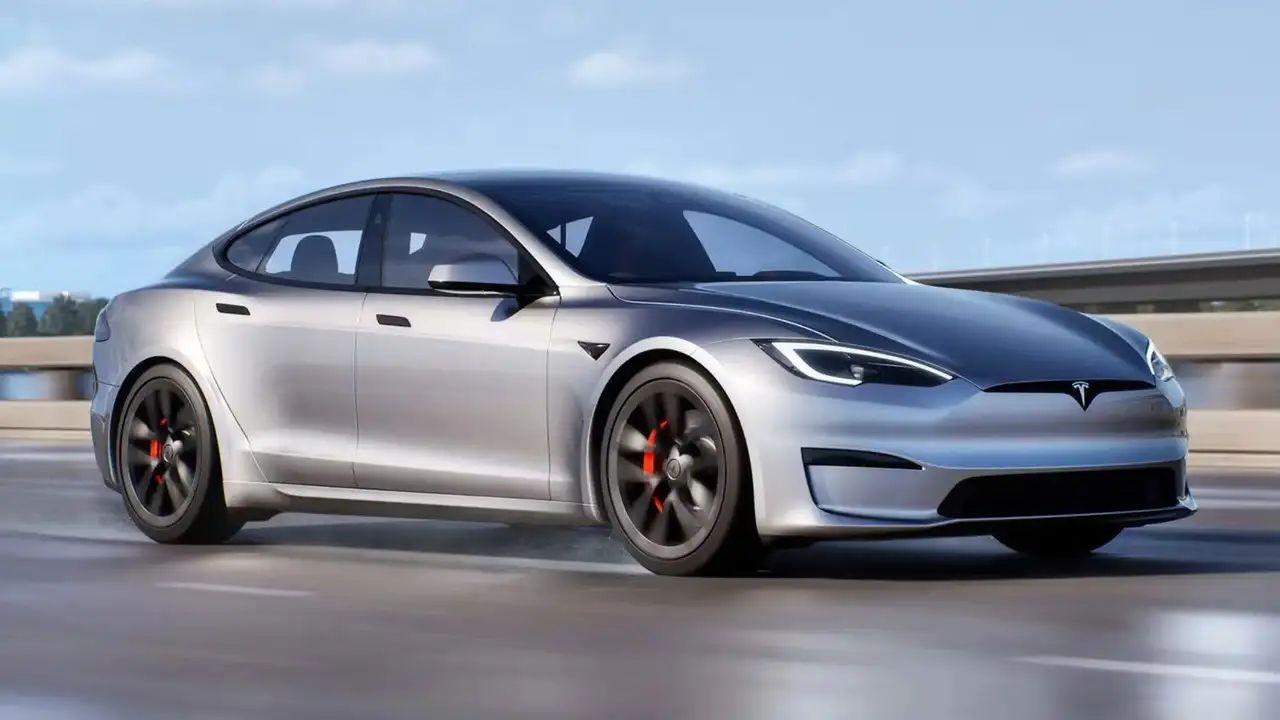
6. **Insurance Premiums**One of the more immediate and often higher costs associated with electric vehicle ownership, beyond the purchase price, is insurance. While it’s true that insurance premiums are generally spiraling upward for all vehicles, electric vehicle owners often face even steeper costs. This is a crucial consideration, especially for those choosing an EV primarily for perceived cost savings. According to the National Association of Insurance Commissioners, EVs can cost an average of $44 more monthly to insure compared to their gas-powered counterparts. This disparity is influenced by several factors inherent to electric vehicle technology and market dynamics.
A significant contributor to higher EV insurance costs is the typically higher average purchase price of electric cars, which directly impacts the insured value. Moreover, while EVs might have fewer overall components, the parts they do possess are often more expensive and complex to replace. For instance, repairing or replacing a battery pack following an accident is an enormously expensive undertaking, which translates directly into higher potential claim payouts for insurers. Furthermore, there is a relative scarcity of technicians qualified to repair electric vehicles, particularly highly specialized components, which can drive up labor costs and extend repair times, further contributing to elevated premiums.
Notably, certain EV models, particularly Teslas, stand out with some of the highest insurance premiums in the broader car industry, not just among electric vehicles. Data from Insurify, an insurance comparison website, illustrates this clearly: a 2024 Tesla Model Y can command a monthly premium ranging from $169 to $424, depending on the specific plan and provider. In stark contrast, a gasoline-powered Toyota RAV4 typically costs between $126 and $319 per month to insure. While experts from the Insurance Information Institute suggest that these elevated costs may begin to ease as EVs become more common and the industry adapts, for now, EV premiums remain on the higher side. It’s imperative that consumers, before making any purchase or lease commitment, determine the vehicle’s specific impact on their insurance premiums to avoid unexpected budget-busting surprises. Shopping around for auto insurance is always a wise strategy, especially when acquiring a new vehicle.
Read more about: Untamed Beasts: The Most Outrageously Overpowered Muscle Cars That Pushed Street Limits
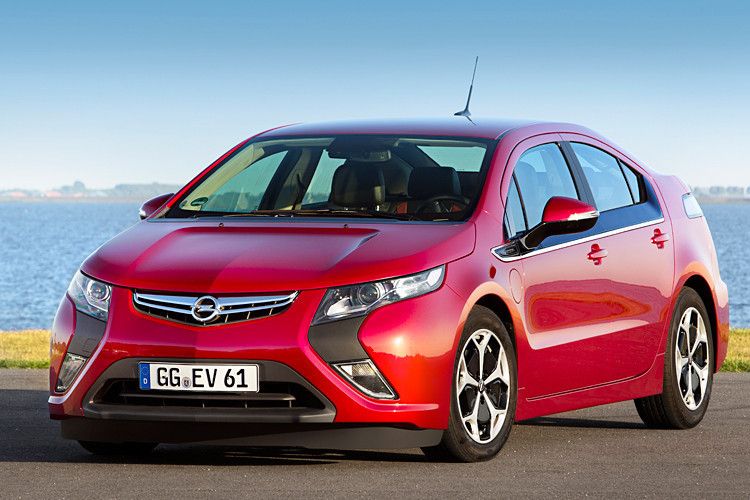
7. **Residual Value**The concept of residual value, which essentially measures how much a vehicle retains its original worth over a specified period, is another critical financial factor often overlooked by prospective EV owners. In essence, it reflects depreciation—the value lost yearly. To date, internal combustion engine (ICE) vehicles generally hold an advantage over EVs when it comes to retaining their value. This divergence in depreciation rates can represent a substantial hidden expense for EV owners, particularly if they plan to sell or trade in their vehicle after a few years.
Data from Cox Automotive’s depreciation tracking tools consistently bears this out. While the differences in residual value aren’t always significant across all models, in many cases, they are remarkably substantial. For example, comparing our selected models, the Hyundai Kona Electric depreciates by an estimated $28,210 over five years, whereas the gasoline-fueled Hyundai Kona depreciates by $12,980 over the same period. This stark difference amounts to a $15,230 disadvantage for the EV, a truly considerable hidden expense. Similarly, the Volvo XC40 Recharge loses $30,955 in value over five years, significantly more than the gasoline XC40’s depreciation of $21,939, representing a $9,016 advantage for the ICE version. This accelerated depreciation for EVs is widely recognized as a significant disadvantage that can be tough to overcome in the overall cost calculus of ownership.
Several factors contribute to this more rapid depreciation in the EV market. Aggressive price cuts by manufacturers, notably Tesla in 2023, have led to a broad reduction in the value of used EVs. Furthermore, the rapid pace of technological advancement in the EV sector means that newer, more affordable models are constantly entering the market, many of which qualify for substantial federal tax credits. This influx of advanced, incentive-eligible vehicles puts downward pressure on the prices of existing and used models. Concerns about the high cost of collision repair for certain EVs, as evidenced by car rental giant Hertz’s decision to offload its Tesla fleet, also play a role. The absence of industry-wide standards for valuing a battery pack—the most crucial and expensive component of an EV—also contributes to the volatility of used EV prices. While industry researchers anticipate that EV depreciation will moderate over time, for now, those concerned about value loss should consider leasing an EV or buying a used model, as both options can help mitigate the risks associated with rapid depreciation.
Read more about: Joe Caroff, The Visionary Designer Behind James Bond’s Iconic 007 Logo and More, Dies at 103

8. **Electric Car Range Shortfall**A common point of frustration and a subtle hidden cost for many electric car owners is the consistent shortfall between advertised EV range estimations and real-world driving experiences. This issue, reminiscent of past debates over inflated fuel-economy estimates for ICE vehicles, means that you are highly unlikely to achieve the exact range promised by manufacturers. These estimations are typically based on ideal, absolute best driving conditions, which rarely align with the varied realities of daily commuting and travel.
Numerous factors can significantly diminish an EV’s actual range. Hilly or mountainous terrain requires more energy, as does the use of energy-intensive features like air conditioning or heating. Aggressive driving behaviors, such as rapid acceleration and hard braking, also consume battery power at an accelerated rate. Environmental temperatures play a crucial role, with extreme hot and cold conditions notably reducing an electric car’s range. For instance, AAA testing has revealed that EV range is significantly reduced at both 20-degree and 95-degree Fahrenheit temperatures compared to a more moderate 75 degrees. Moreover, factors such as towing or carrying extra passengers and cargo add weight and drag, further diminishing the available range.
The practical implication of this range shortfall translates directly into an unforeseen cost. If an EV is rated for 250 miles per charge but consistently delivers only 210 miles in real-world conditions, the owner must recharge more frequently to cover the same distance. Using the calculation from earlier sections—an average of 3 miles per kWh and a cost of 16 cents per kWh—making up that 40-mile range deficit would cost approximately $2.10 per charge (40 ÷ 3 x 16 cents). While this might seem like a minor difference on a per-charge basis, these incremental costs accumulate over time, adding up to a non-negligible increase in operational expenses that was not initially factored into the ownership budget. This requires owners to budget for more frequent charging, whether at home or publicly, and manage expectations around travel distances.
Read more about: How Drones Have Taken Over the Ukraine War: An In-Depth Look at the Future of Combat

9. **Electric Car State Fees**Beyond the initial purchase, charging, maintenance, and insurance, prospective electric vehicle owners should also be aware of a category of costs specifically levied by various states: dedicated EV fees. These are typically not hidden in the traditional sense, as they are part of state vehicle registration or renewal processes, but they represent an additional financial consideration that internal combustion engine (ICE) vehicle owners do not shoulder. These fees are designed to address a fiscal challenge that arises with the widespread adoption of electric vehicles.
Historically, road maintenance and infrastructure projects have been primarily funded through gasoline taxes. As more drivers switch to EVs and consume less or no gasoline, the revenue from these taxes diminishes, creating a shortfall for state budgets. In response, many states have introduced specific annual fees for electric vehicles to compensate for the lost fuel tax revenue. While the specific details, such as the amount of the fee and how it is calculated, vary significantly from state to state, their purpose remains consistent: to ensure that EV owners contribute their fair share to the upkeep of the roads they use. Therefore, when evaluating the long-term cost of EV ownership, it is important to investigate and factor in any such state-level fees that apply where you live, as they will be an ongoing annual expense not present with an ICE vehicle.
Ultimately, the decision to go electric is a complex financial one, extending far beyond the appealing prospect of reduced fuel costs. While electric vehicles undoubtedly offer significant long-term savings in some areas, particularly concerning scheduled maintenance and daily ‘fueling’ when home charging is utilized, they also introduce new categories of expenses that demand careful consideration. From higher insurance premiums and accelerated depreciation to the realities of real-world range and unique state fees, a truly informed consumer understands that the economic landscape of EV ownership is multifaceted.
Read more about: Biden’s Banking Reckoning: Post-Collapse Reforms and the Looming Battle for Financial Stability
As the EV market continues to evolve, with new models and technologies constantly emerging, these cost dynamics will undoubtedly shift. However, by taking a comprehensive, data-driven approach to evaluating all potential expenditures—both obvious and less apparent—consumers can confidently navigate this exciting transition. The ultimate financial calculus remains personal, heavily influenced by individual driving habits, location, and the specific vehicle chosen. Our goal has been to arm you with the insights necessary to undertake this calculation for yourself, ensuring that your journey into electric mobility is not just environmentally beneficial but also financially sustainable over the long haul.



